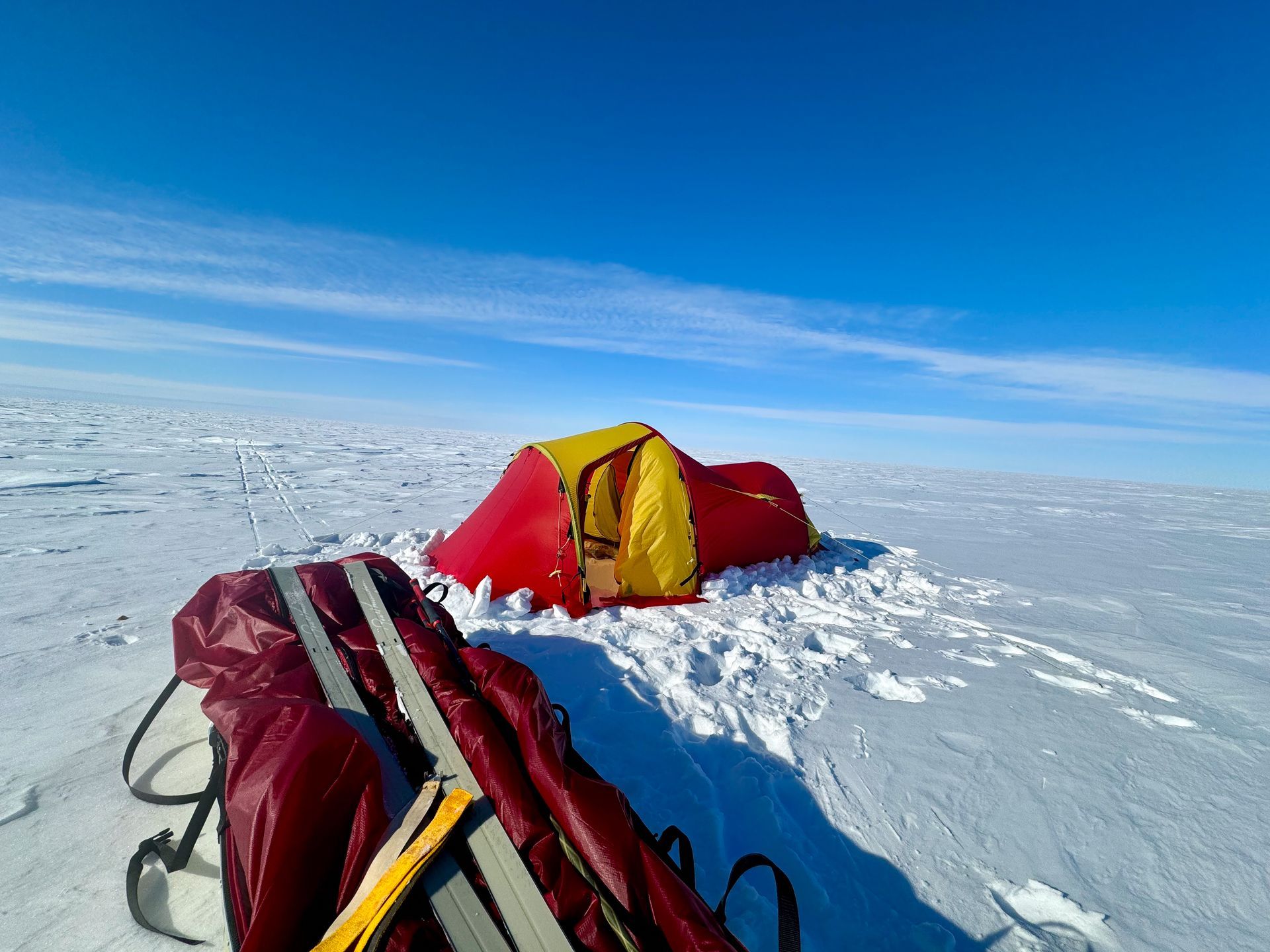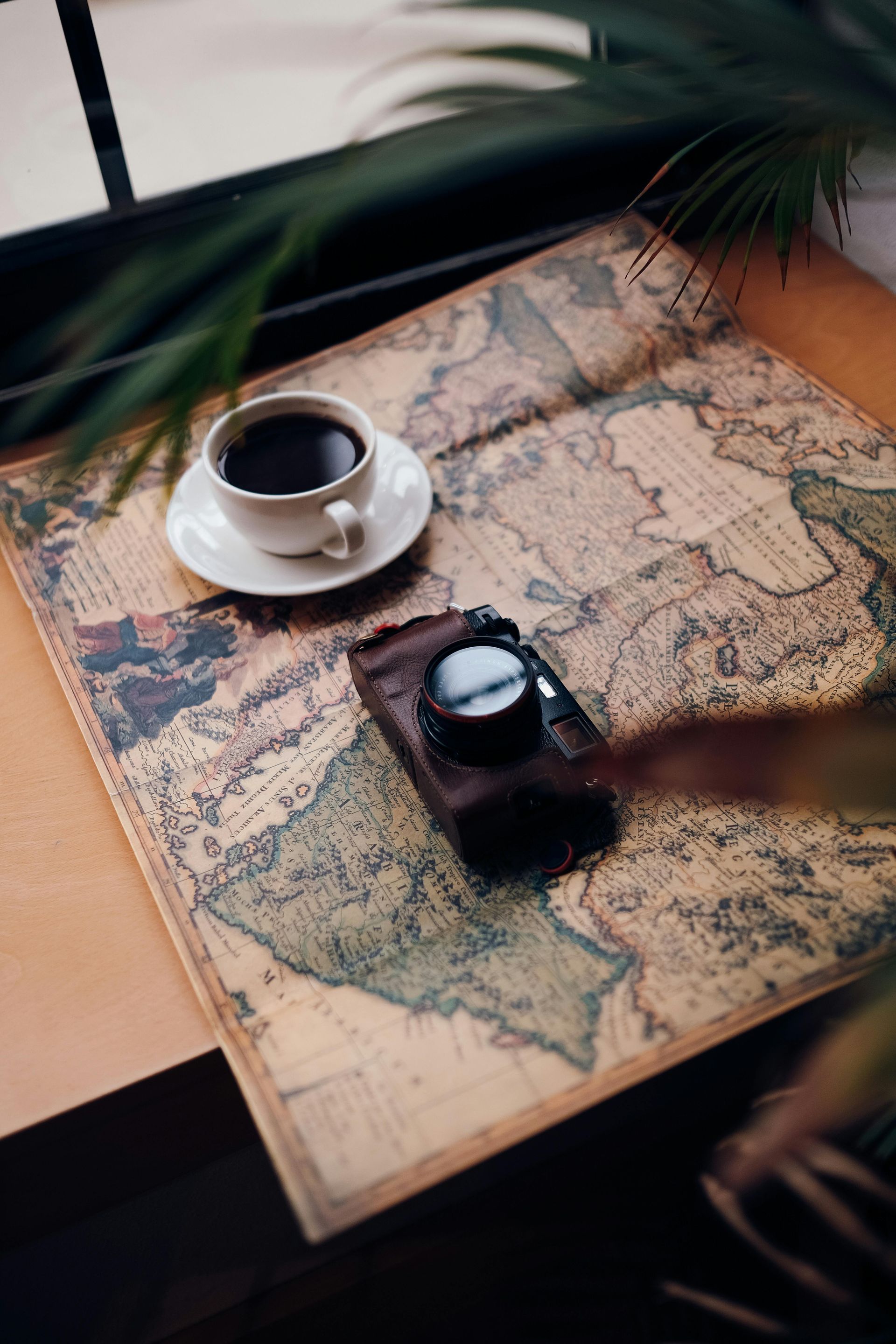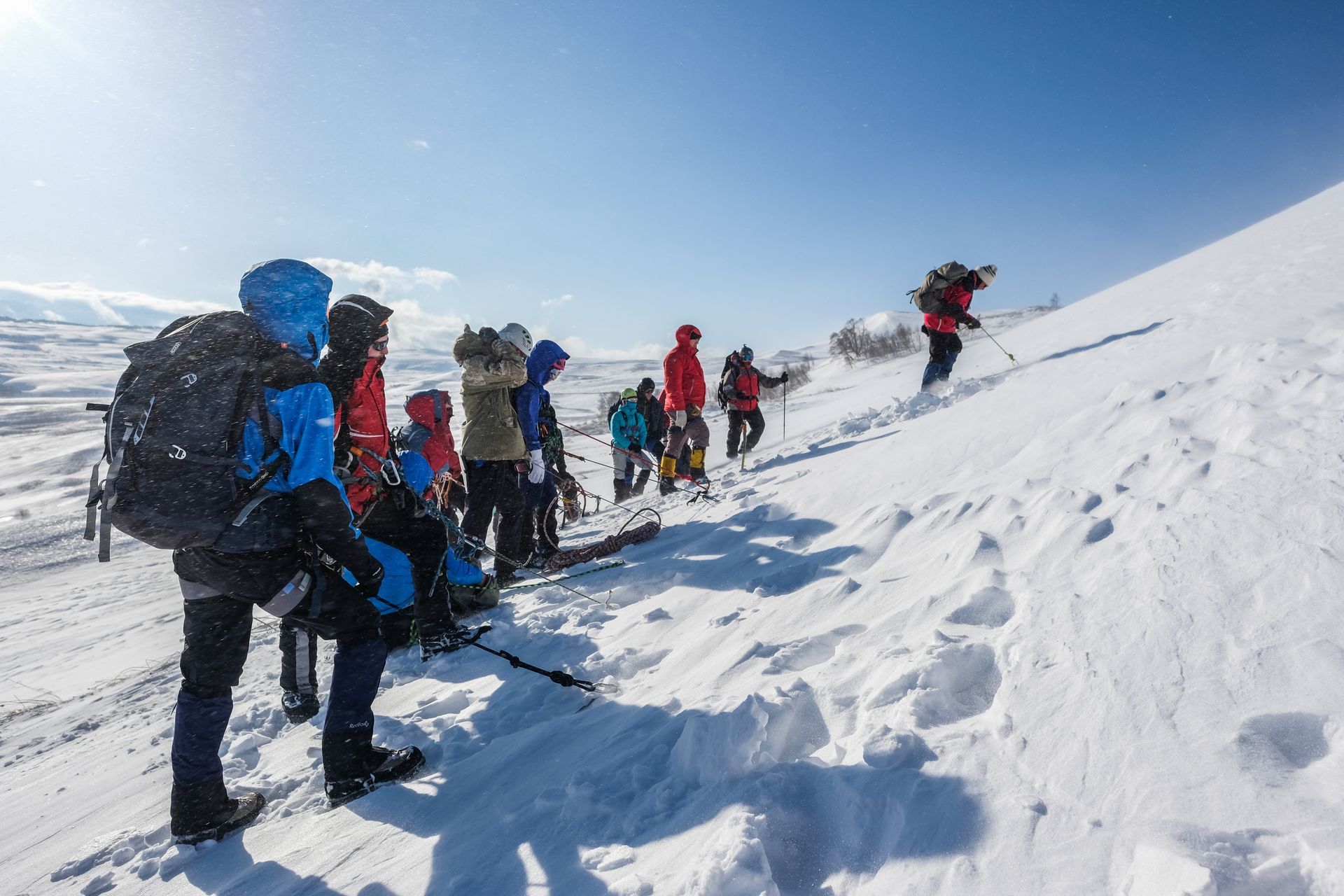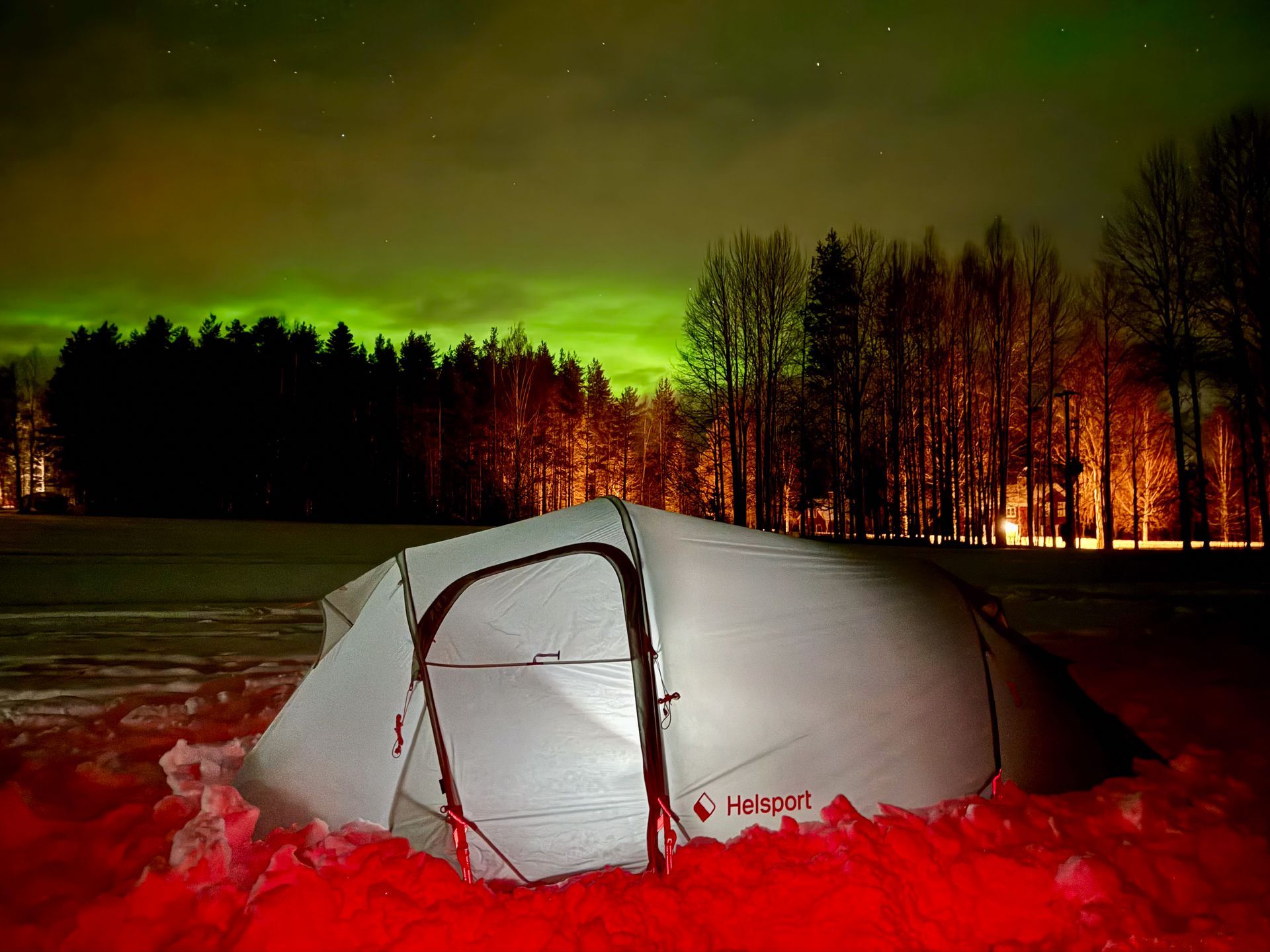Building Resilience Through Adventure Travel
How challenging journeys foster personal strength and growth.
Understanding Resilience and Adventure Travel
Resilience involves emotional mental and physical fortitude. Adventure travel combines
novel environments demanding activities and unpredictable conditions. Together these
elements create a powerful platform for growth. As participants navigate unfamiliar terrain or
extreme climates, they practise problem solving self reliance and teamwork. Over time these
experiences reinforce a resilient mindset.
Key benefits include:
1.Enhanced problem solving: Tackling logistical and environmental challenges
encourages creative thinking under pressure.
2.Improved self confidence: Mastering daunting tasks such as kayaking on open water
or high altitude trekking builds belief in one’s abilities.
3.Stress management: Exposure to controlled risk helps recalibrate reactions to stressors
fostering calmness in daily life.
The Benefits of Adventure Travel for Personal Growth
Adventure travel engages body and mind in ways conventional holidays do not. Whether
ocean rowing a land expedition or polar training each domain tests limits and rewards
perseverance. The immersive nature of these journeys accelerates resilience by demanding
continuous adaptation.
Numbered below are specific ways adventure travel cultivates resilience:
1. Immersion in nature: Confronting weather terrain and wildlife heightens awareness
and fosters mindfulness.
2. Physical endurance: Sustained exertion builds mental toughness as much as physical
strength.
3. Cultural exchange: Engaging with local communities teaches flexibility humility and
empathy.
4.Team dynamics: Collaborative challenges reinforce communication trust and
collective problem solving.
Strategies to Integrate Adventure Experiences for Resilience Building
Creating resilience through adventure does not require extreme expeditions alone.
Incorporating purposeful challenges into travel plans can yield lasting benefits. The following
strategies ensure growth without unnecessary risk.
1. Start local and scale up
Begin with day hikes multi day cycle tours or coastal kayaking trips. As confidence
grows plan longer or more demanding adventures.
2. Set clear objectives
Define personal goals such as improving navigation skills stepping out of social comfort or mastering a new discipline. Measurable targets sustain motivation and
chart progress.
3. Embrace discomfort safely
Select guided experiences with experienced leaders and reliable providers. Structured
support allows participants to push limits while maintaining safety.
4. Reflect and integrate
Maintain a travel journal or debrief with peers. Reflecting on successes setbacks and
lessons cements resilience gains and translates them into everyday challenges.
5. Leverage training academies
Specialist centres offer tailored programmes for cold weather survival ocean rowing
techniques or endurance cycling. These training environments simulate expedition
conditions and reinforce both skills and mental stamina.
Real World Applications in Business and Daily Life
Resilient individuals excel in unpredictable business landscapes and complex personal
circumstances. Skills honed through adventure travel deliver tangible advantages:
• Adaptability in leadership roles when market conditions shift suddenly
• Persistence in long term projects despite setbacks
• Enhanced decision making under time pressure
• Stronger team cohesion fuelled by shared experiences
By cultivating a resilient mindset through adventure, business owners employees and
consumers equip themselves to navigate uncertainties with confidence and composure.
Conclusion
Adventure travel offers a unique avenue for resilience building. Through confronting
challenges in ocean land and polar domains participants learn emotional and practical skills
transferable to everyday life. Starting with accessible adventures and scaling gradually
ensures lasting growth. Embracing exploration both broadens horizons and builds the inner
strength needed to thrive in any environment.













